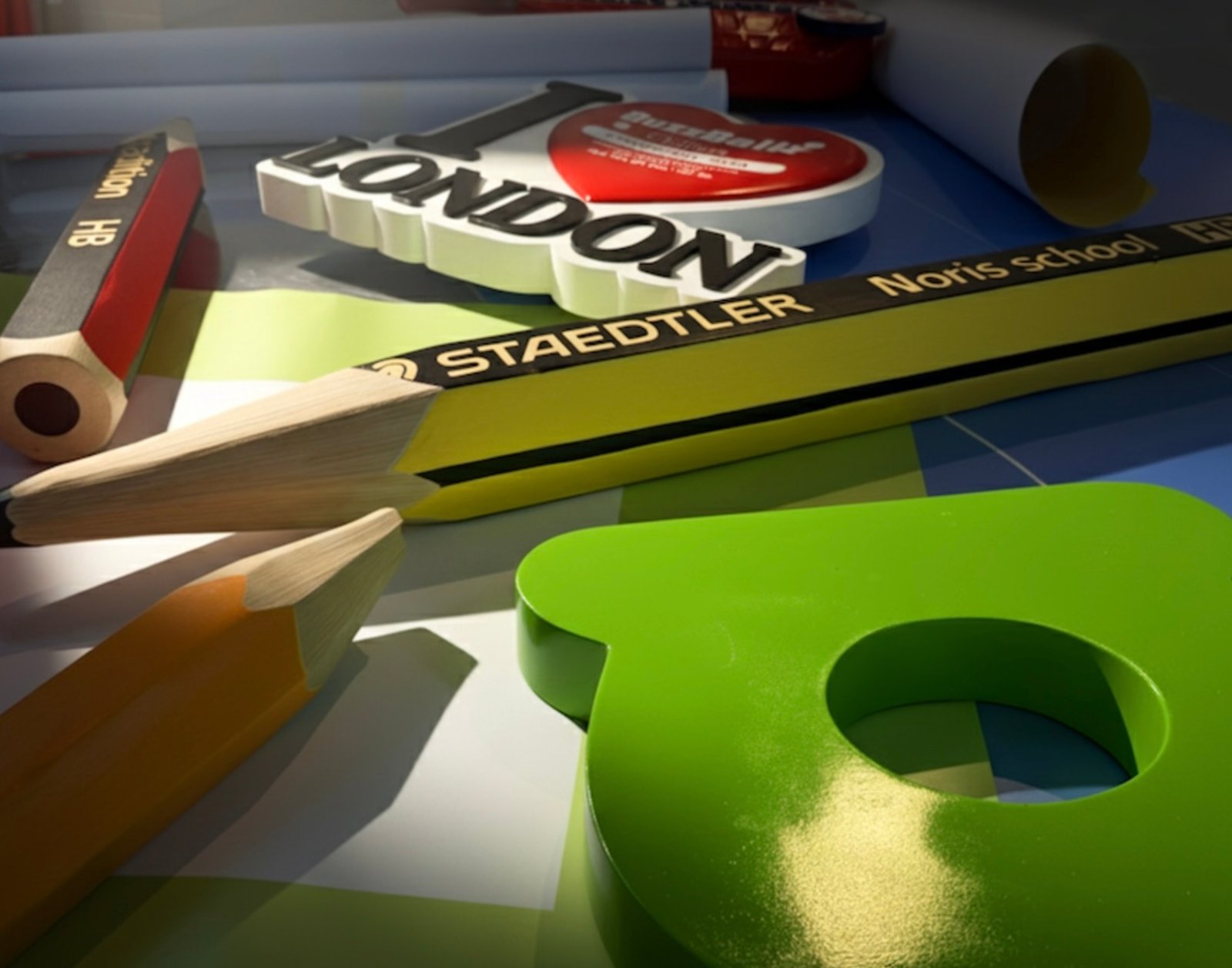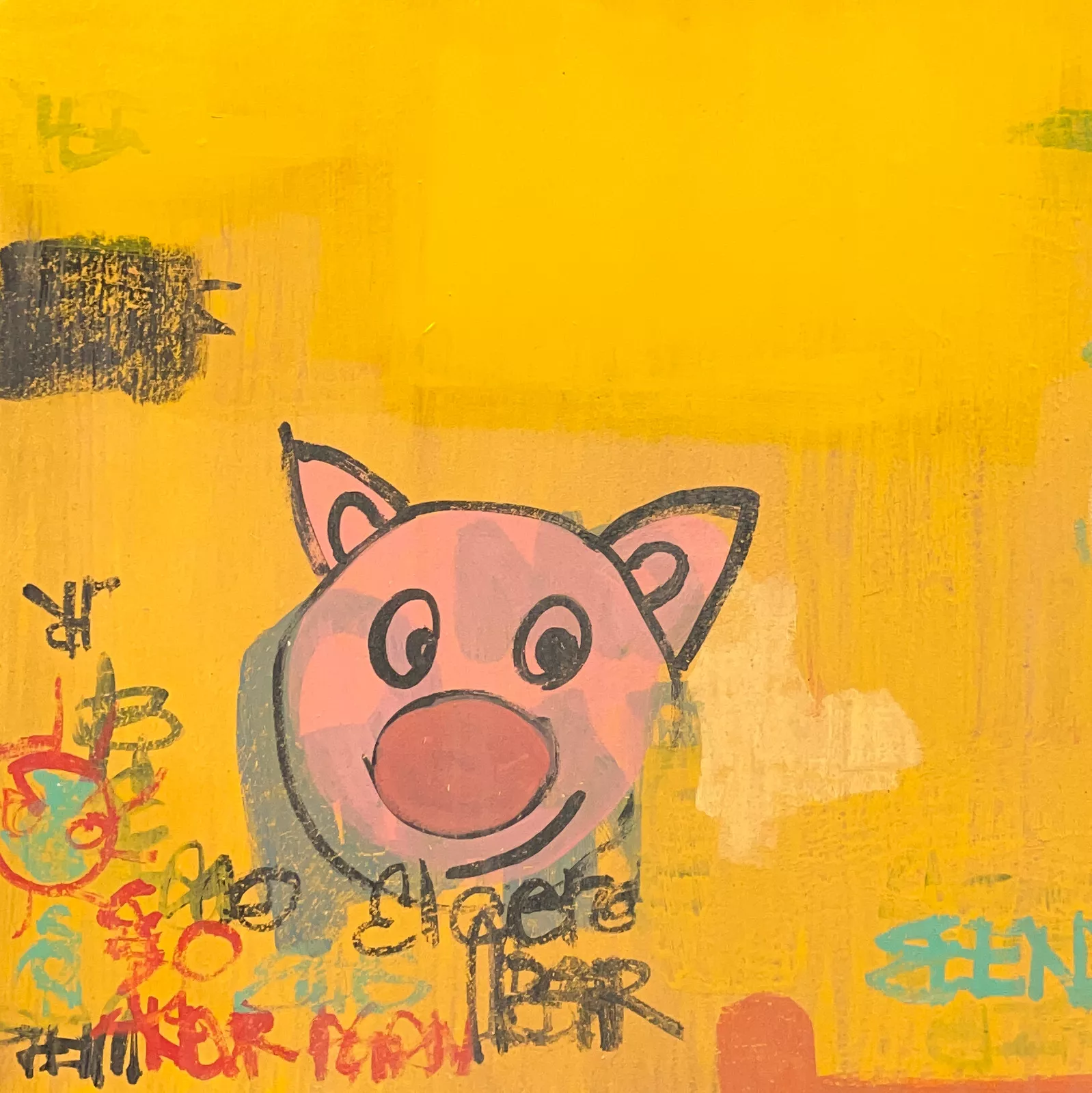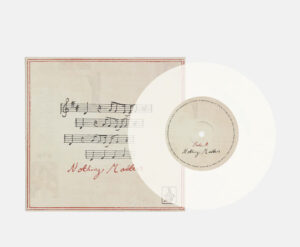Johnny Depp, the enigmatic Hollywood star known for his transformative roles in films like “Pirates of the Caribbean” and “Edward Scissorhands”, has always been a master of reinventing himself. Now, at a pivotal point in his career, Depp has ventured into a new realm of artistic expression—this time as a painter. His debut New York art exhibition, titled “A Bunch Of Stuff”, offers a glimpse into a side of Depp that few have seen before. Describing art as his “sanctuary,” Depp’s work is an intimate reflection of his inner world, full of vibrant colors, expressive brushstrokes, and deeply personal motifs.
From Screen to Canvas: The Birth of Depp’s Artistic Identity
Johnny Depp’s interest in art is not a newfound passion; it has been a lifelong pursuit that he has kept mostly private until now. Long before he became a global film icon, Depp’s creative roots were deeply embedded in visual art and music. His early aspirations as a musician and painter were eclipsed by his meteoric rise in the film industry, yet the urge to create never left him. Depp himself has stated that art has been a constant refuge throughout his life, a place where he could escape from the pressures of fame and delve into a world of imagination and introspection.
The title of his exhibition, “A Bunch Of Stuff”, hints at the eclectic nature of Depp’s artistic output. It reflects his wide-ranging interests and inspirations, much like his film career, which spans genres as diverse as comedy, horror, and biopic. Depp’s works are a visual diary of sorts, capturing moments of whimsy, anguish, nostalgia, and joy. By bringing his artwork into the public eye, Depp is allowing audiences to witness a new layer of his identity—one that is unfiltered and vulnerable.
Art as a Sanctuary and a Mirror
The notion of art as a “sanctuary” is central to Depp’s exhibition. In the midst of highly publicized legal battles, personal controversies, and professional upheaval, Depp’s return to art can be seen as a form of therapeutic release. The exhibition is not just about showcasing skill or technique; it’s a manifestation of catharsis and self-exploration. Each piece in “A Bunch Of Stuff” tells a story, with themes that resonate on both personal and universal levels.
Identity and Persona: The Dichotomy of Public and Private Life
One of the recurring themes in Depp’s work is the exploration of identity—how it’s shaped, fragmented, and sometimes obscured by public perception. Much like the characters he portrays on screen, Depp’s paintings blur the lines between reality and fantasy. Portraits of iconic figures such as Bob Dylan, Keith Richards, and Marlon Brando—artists who have inspired Depp throughout his career—are rendered with vivid colors and emotive brushstrokes, almost as if they are part of an imagined pantheon of artistic mentors.
These portraits can be interpreted as both tributes and self-portraits by proxy, reflecting the qualities that Depp admires and perhaps sees in himself. The fractured nature of some of the images, combined with layers of paint that suggest turmoil and inner conflict, speaks to Depp’s own struggles with fame and identity. His artwork reveals a man grappling with how he is perceived by the world, yearning to reclaim a sense of self outside the spotlight.
Isolation and Resilience: The Art of Withstanding Public Scrutiny
The exhibition also features a number of abstract pieces that convey themes of isolation, resilience, and the quest for inner peace. Swirling colors and bold, chaotic lines dominate these works, conveying a sense of emotional turbulence. These abstract pieces seem to articulate Depp’s feelings of being misunderstood or judged, especially during periods of intense public scrutiny. Yet there is a certain defiance in the way the paint is applied—forceful, unapologetic, and full of energy.
In this way, Depp’s art acts as a mirror to his personal journey, capturing the highs and lows, the moments of clarity and confusion. The choice to display these works in a formal exhibition suggests that Depp is not seeking validation or sympathy but rather aiming to share a narrative of perseverance. His art becomes a form of dialogue with himself and his audience, prompting reflection and perhaps even reconciliation.
Humor and Surrealism: The Artist’s Conjured Side
Despite the serious undertones, “A Bunch Of Stuff” is not without its moments of levity. Depp’s sense of humor—a defining trait in many of his film roles—shines through in certain works that veer towards surrealism and satire. Quirky, exaggerated depictions of familiar characters, strange hybrid creatures, and whimsical scenes evoke a sense of childlike wonder. These pieces are a reminder that even amidst chaos, there is room for playfulness and imagination.
The humor in these artworks can also be seen as a coping mechanism, a way for Depp to process and make sense of his experiences. By infusing his art with surreal elements, Depp distances himself from the literal and the mundane, creating a space where the bizarre and the beautiful coexist harmoniously.
The Exhibition’s Reception: Critical and Public Response
The response to “A Bunch Of Stuff” has been varied, reflecting the polarized nature of Depp’s current standing in popular culture. Some critics have lauded the exhibition as a bold and candid exploration of personal themes, praising Depp’s raw, unpolished style as refreshing in a world often dominated by calculated, commercial art. For these critics, the exhibition is a triumph of authenticity, offering insight into a complex, multi-dimensional individual.
Others, however, have viewed the exhibition with skepticism, questioning whether Depp’s fame is overshadowing the work itself. There are those who argue that without his celebrity status, the artwork might not have garnered the same level of attention. This critique is not uncommon in cases where high-profile figures cross over into other artistic domains. The question of whether Depp’s art can stand on its own merits remains a point of debate.
Yet, it is undeniable that the exhibition has struck a chord with many viewers, particularly those who have followed Depp’s career and empathize with his personal struggles. For fans, “A Bunch Of Stuff” is more than just an art show—it’s a form of closure, a sign that Depp is reclaiming his narrative and finding solace in creativity. The exhibition has drawn a diverse crowd, from art aficionados and curious spectators to longtime supporters who see the show as a testament to their idol’s resilience.
The Art Market and Celebrity Influence: Navigating Value and Authenticity
The art market has always been influenced by celebrity, with works by famous personalities often fetching high prices regardless of artistic value. Depp’s exhibition raises questions about the intersection of fame and art—whether celebrity enhances or diminishes the value of a piece. With prices for his works reportedly reaching into the tens of thousands, the commercial aspect of “A Bunch Of Stuff” cannot be overlooked.
This phenomenon is not unique to Depp. Other celebrities, such as Bob Dylan, David Bowie, and Sylvester Stallone, have also made forays into the art world, often met with mixed receptions. The challenge for these artists is proving that their work is more than a mere extension of their celebrity—that it possesses an intrinsic artistic value.
In Depp’s case, the value of his art seems to lie in its deeply personal nature. Each piece in “A Bunch Of Stuff” is a fragment of a story that only Depp can tell—a visual manifestation of a life lived under intense scrutiny. While some may see this as capitalizing on personal drama, others view it as a genuine act of creative self-expression.
A New Chapter in Johnny Depp’s Creative Journey
“Once Upon a Time in Hollywood”, Johnny Depp was a leading man, a heartthrob, and a master of transformation. Now, with “A Bunch Of Stuff”, he is shedding yet another layer, revealing a new side of himself as an artist. This exhibition marks not only a shift in his creative pursuits but also a reclamation of control over his own narrative. By stepping into the world of art, Depp is no longer just the subject of tabloids or courtroom dramas—he is the creator, the storyteller, and the artist.
The journey from screen to canvas is one fraught with challenges and uncertainties, but Depp’s willingness to bare his soul through art is commendable. Whether his work will be embraced by the art establishment or dismissed as a celebrity vanity project remains to be seen. But one thing is certain: “A Bunch Of Stuff” is an invitation to see Johnny Depp in a new light, to appreciate the sanctuary he has found in art, and to witness the unfolding of yet another chapter in his multifaceted life.
For Depp, art has always been a sanctuary—a place of refuge, reflection, and renewal. And through “A Bunch Of Stuff”, he has opened the doors to this sanctuary, inviting the world to step inside and see the colors, textures, and emotions that define his journey.
No comments yet.








